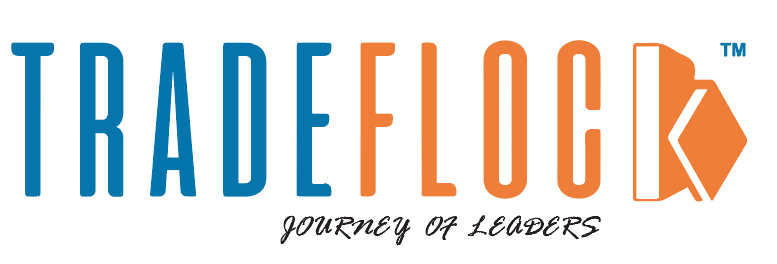With its rich cultural heritage and burgeoning economy, India is on the cusp of becoming a global powerhouse. Central to this transformation is the rise of the middle class, a demographic driving economic growth and elevating the nation’s socio-economic game. The middle class in India is expanding at an exceptional rate, and according to PRICE ICE 3600 surveys, the middle class, which constituted 31% of the population in 2021, is projected to grow to 38% by 2031 and a staggering 60% by 2047. This demographic shift is a statistical phenomenon and a powerful, urgent force reshaping India’s economic and social fabric.
Rising disposable incomes, increased consumer spending, and a growing appetite for quality goods and services are accelerating the growth of India’s middle class. This segment will drive nearly $2.7 trillion of incremental consumption by 2023. The implications of this growth are profound, as it positions India as one of the world’s most dynamic consumption environments.
Table of Contents
The Role of Tier 1 and Tier 2 Cities in Urban Growth
While the middle class drives consumption growth, Tier 1 and 2 cities are emerging as India’s urban transformation engines. Over the last decade, these cities have evolved from quiet, small-town personas into vibrant urban centres that significantly contribute to the nation’s growth. As the living cost in Tier 1 cities keeps increasing, Tier 2 cities are drawing more interest from both businesses and residents.
Tier 2 cities such as Lucknow, Chandigarh, and Ludhiana are witnessing rapid infrastructure development, improved connectivity, and a surge in real estate investments. These cities offer a more affordable living cost than their Tier 1 counterparts, making them attractive destinations for businesses and individuals seeking better opportunities.
Driving Economic Growth and Innovation
The growth of Tier 1 and Tier 2 cities is not just about urban expansion; it is also about driving economic growth and innovation. These cities are becoming hubs for startups and small businesses, developing a culture of entrepreneurship and innovation. The availability of skilled talent and supportive government policies create a conducive environment for businesses to thrive. Moreover, the rise of these cities is contributing to a more balanced regional development. By attracting investments and creating job opportunities, Tier 2 cities are helping to reduce the pressure on metropolitan areas and promote inclusive growth. This shift is crucial for addressing the urban-rural divide and ensuring that the benefits of economic growth are more evenly distributed.
Fueling a Rs 7.98 Lakh Crore Illicit Retail Market
The rise of the middle class has also created a significant challenge: expanding the illicit retail market. In 2022-23, the total illicit market in India reached a staggering Rs 7.98 lakh crore, with textiles, apparel, and FMCG products making up a significant portion of this market. The illicit trade in these sectors damages legitimate businesses and threatens consumer safety and government revenues.
The problem is particularly intense in the textiles and apparel sector, where the illicit market size is estimated to be over Rs 4.03 lakh crore. This rampant illicit trade is fueled by the demand for cheaper alternatives, often at the expense of quality and safety. The rise of e-commerce platforms has further exacerbated the issue, making it easier for counterfeit and substandard products to reach consumers.
Addressing the Illicit Market Challenge
Addressing the challenge of the illicit market requires a multi-faceted approach. Strengthening regulatory frameworks, enhancing enforcement mechanisms, and raising consumer awareness are critical steps in curbing this menace. In collaboration with industry stakeholders, the government needs to implement stringent measures to crack down on counterfeit goods and ensure that legitimate businesses can thrive.
Moreover, leveraging technology can be crucial in battling the illicit market. Blockchain technology, for instance, can enhance supply chain transparency and traceability, making it harder for counterfeit products to infiltrate the market. Additionally, consumer education campaigns can help raise awareness about the risks associated with illicit products and encourage responsible purchasing behaviour.
The Future of India’s Middle-Class
As India becomes a global power, the middle class will play an increasingly crucial role. Their growing purchasing power and desire for quality goods and services will drive demand across various sectors. This, in turn, will attract both domestic and international businesses, further boosting economic growth.
However, realising the full potential of the middle class requires addressing the challenges posed by the illicit market and ensuring that the benefits of urban growth are inclusive. By leveraging technology, strengthening regulatory frameworks, and fostering a culture of innovation, India can harness the power of its middle class to drive sustainable and equitable growth.






